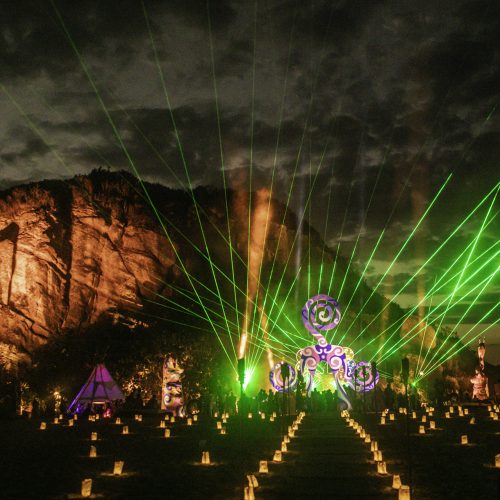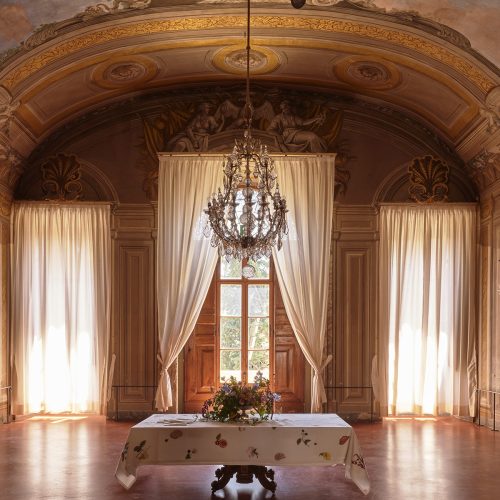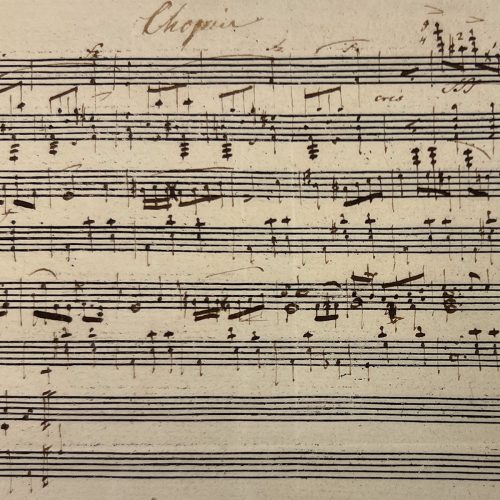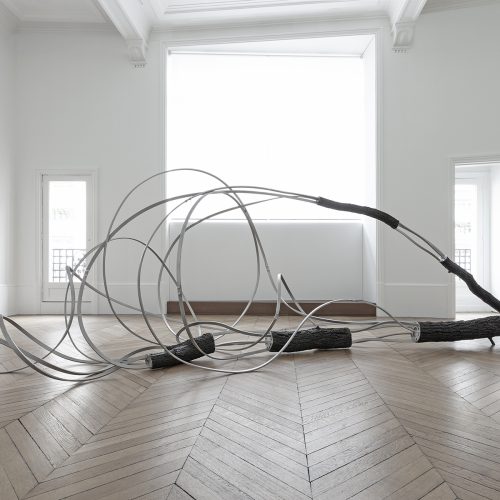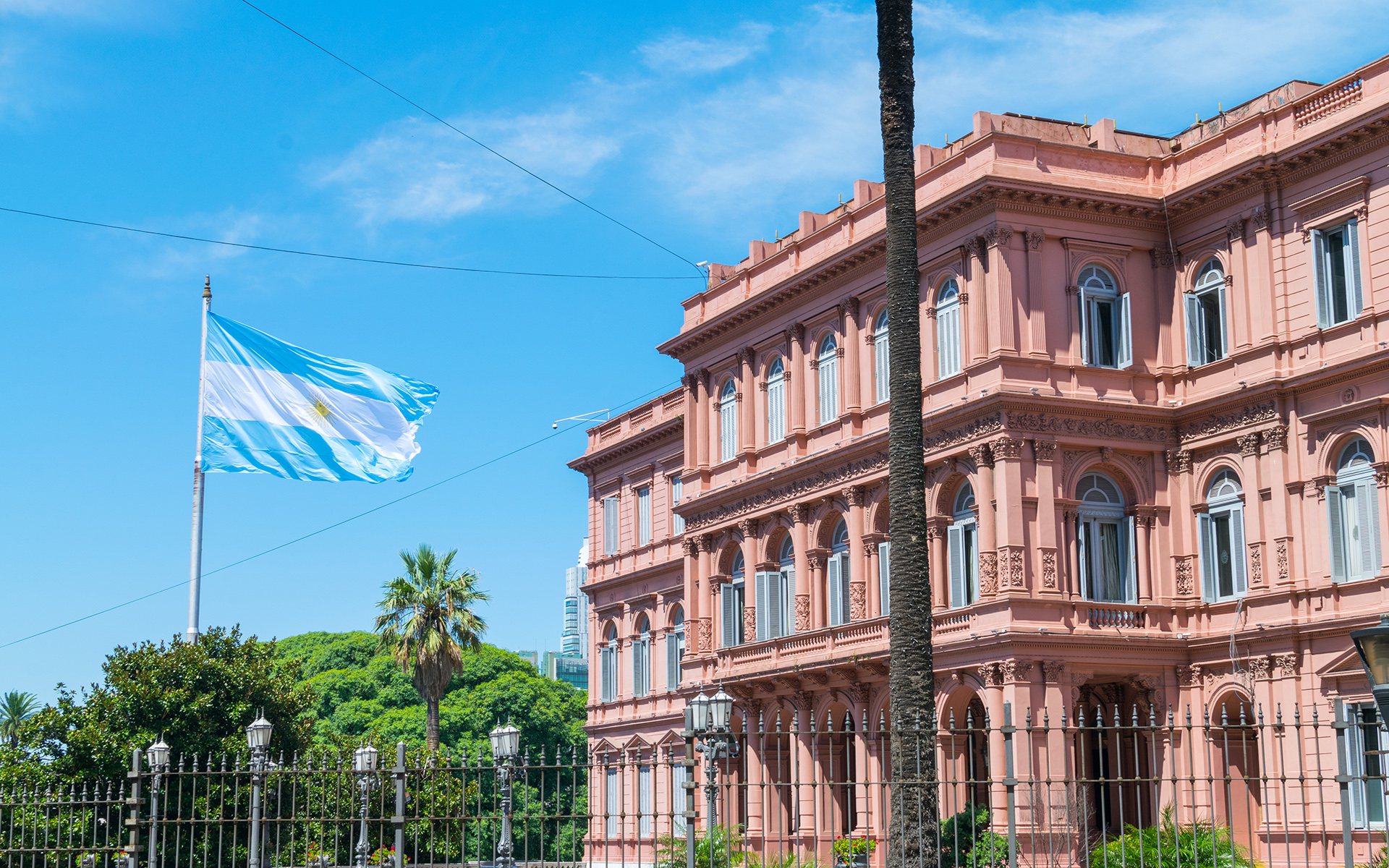

How to Explore the Vibrant Latin American Art Scene in Buenos Aires
With the ArteBA fair opening to the public on October 7, major collector Amalia Amoedo gives tips on what not to miss
“The art scene in Buenos Aires is vibrant and impressive; you never have enough time to see it all,” says Amalia Amoedo, a former president of the ArteBA fair who works closely with the international curators, gallerists, museum groups, and collectors. And during ArteBA, “there is always something unexpected happening,” she adds. “Last year, I got a tattoo from Marcelo Pombo, an artwork on my skin from an artist I collect and admire.”
Founded in 1991, Latin America’s longest running fair takes place over three days at Centro Costa Salguero, on the river bank near the city’s hip Palermo neighborhood. While the fair draws collectors and curators from all over the world, ArteBA is unique for its supremely regional focus. At this year’s edition, which kicks off October 7, nearly all of its 70 galleries and collectives chosen this year by a juried selection committee from Argentina—mostly Buenos Aires, but also locales like Rosario, Córdoba, Salta, and Mendoza. “What I love most about ArteBA is the opportunity to see galleries and art initiatives from all over the country, as well as a great occasion to catch up with artists, friends and collectors,” says Amoedo.
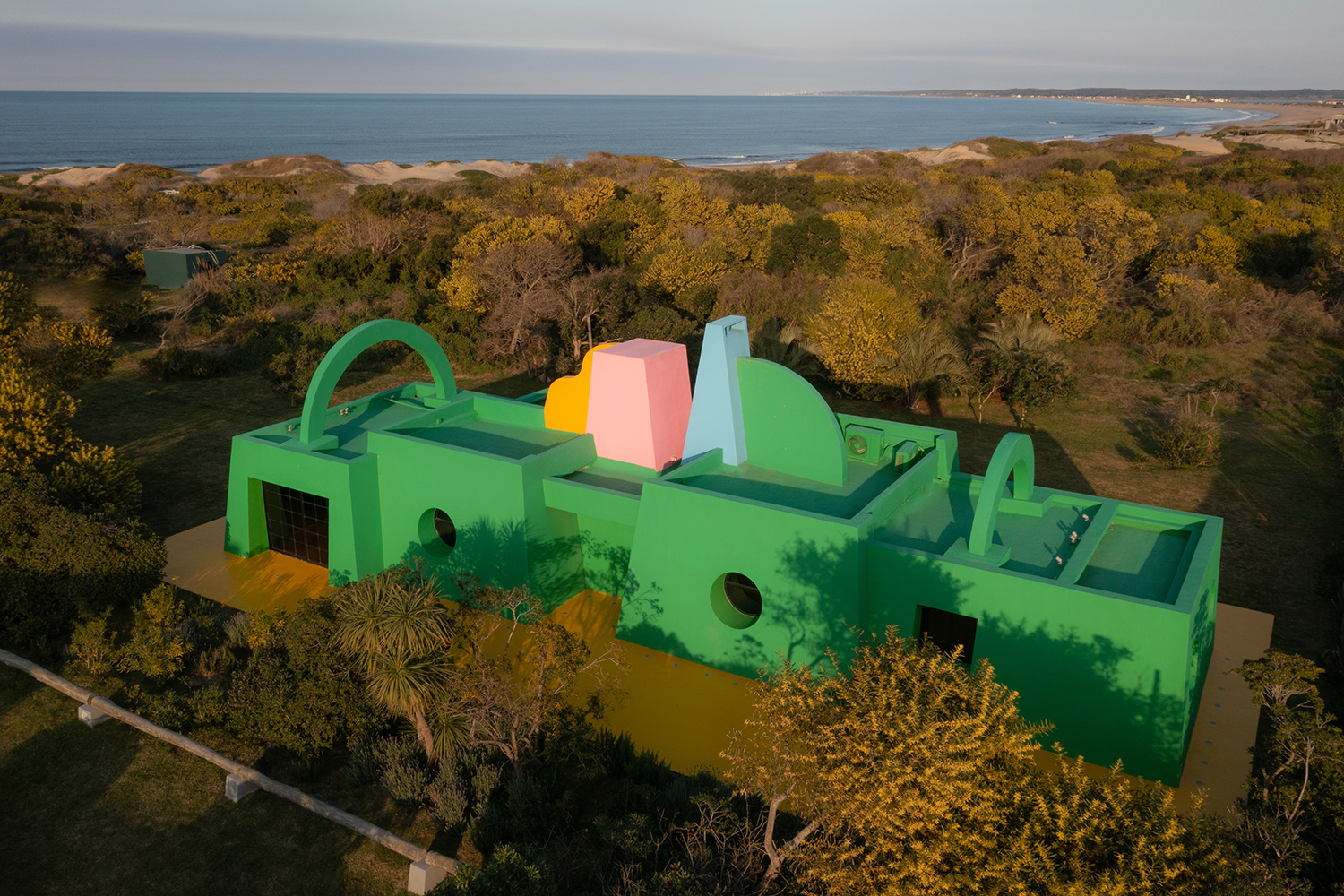
Casa Neptuna in Uruguay. Photo: Courtesy of Fundación Ama Amoedo
A collector in her own right, Amoedo’s more than 500 artworks are scattered around the world: on loan to exhibitions and among her homes in Buenos Aires, in Miami, and in the coastal resort community of Punta del Este, Uruguay. But she’s also focused on cultural philanthropy, as an active member of the committees dedicated to Latin American acquisitions for, among others, the Museum of Modern Art in New York and the Centre Pompidou in Paris and in a similar capacity closer to home for Bueno Aires’s own Museo de Arte Moderno. A big part of that philanthropy is now channeled through Fundación Ama Amoedo, founded last year, which supported both the Uruguayan and Argentine presentations at the Venice Biennale this year and is funding a new series of grants to allow curators from outside the Rio de la Plata region to visit artist studios in Argentina and Uruguay.
Amoedo describes her vision for the art world as having “the values of love and friendship always at its core,” and that love extends to what she feels for her hometown.
See below for Amalia Amodeo’s tips on her favorite destinations.
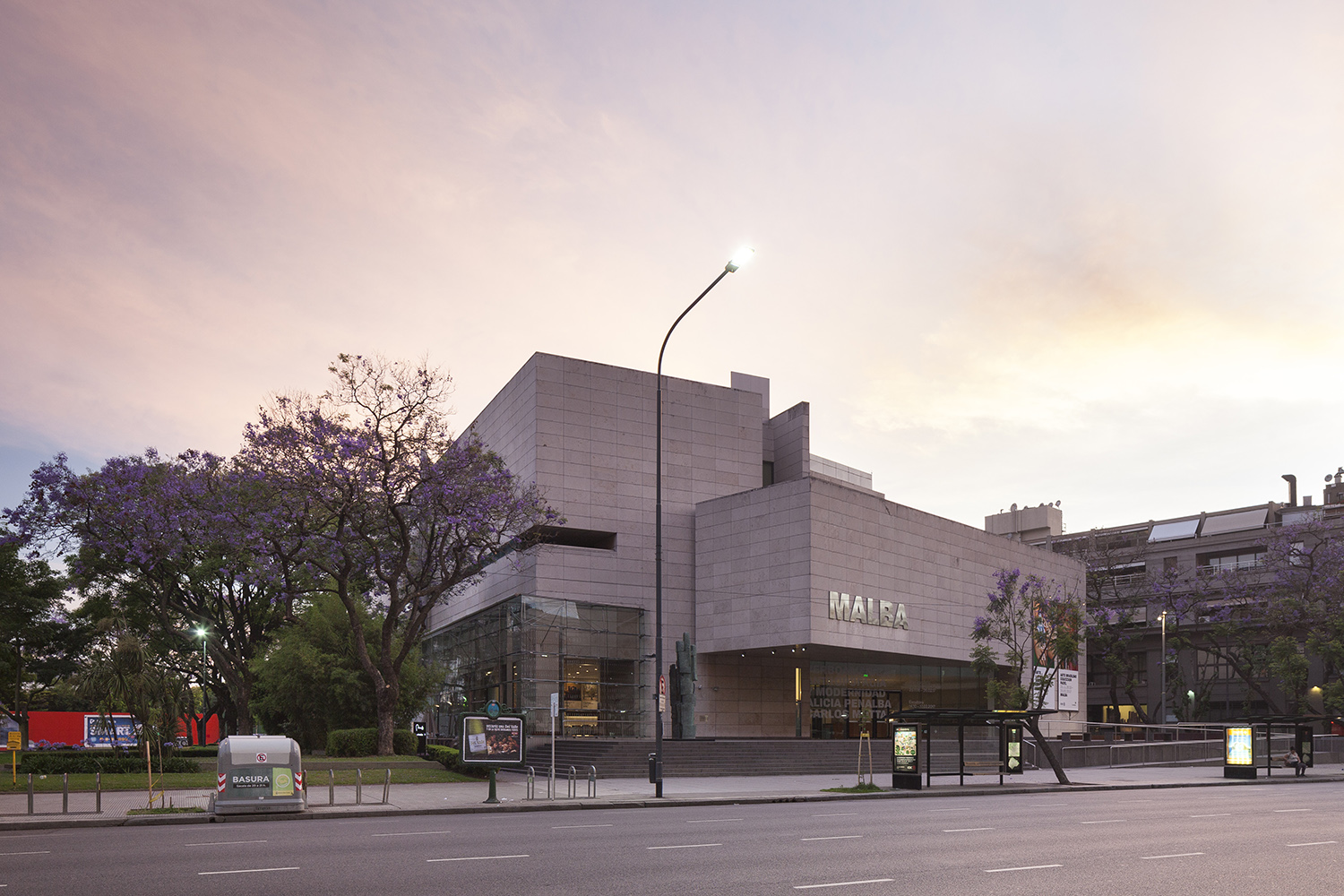
Exterior of Museo de Arte Latinoamericano de Buenos Aires (MALBA). Photo: Javier Agustín Rojas; Courtesy of MALBA
1. Museum of Latin American Art of Buenos Aires (MALBA)
“The Museum of Latin American Art of Buenos Aires, MALBA, just did a complete rehang, combining works personally acquired in the last two decades by Eduardo Costantini, founder of MALBA, with the museum’s own permanent collection, much of which he donated when the museum was inaugurated in 2021. It will be on view for a year but there have been lines around the block, especially to see the newly added tiny and wonderful Frida Kahlo, which is exhibited in a room of its own.”
2. Amalia Lacroze de Fortabat Art Collection
“My preparation for the role I’ve taken in the Latin American art world came at the knee of my late namesake grandmother, “Amalita,” an Argentine business magnate whose own important art collection of mostly Latin American and European art—plus gems like her Warhol portrait and her Turner—form the foundation of the beloved Amalia Lacroze de Fortabat Art Collection that she commissioned Uruguayan architect Rafael Viñoly to build in her name. The museum has on an ongoing series of art from the 1990s, which was one of my favorite period in Argentine art, and also includes contemporary exhibits by young curators.”
3. MCMC Gallery
“MCMC is a small, very good gallery in the Palermo neighborhood, near the National Museum of Decorative Arts and a few blocks from MALBA. This October, the Argentine artist and designer Edgardo Giménez, who designed the iconic building for the artist residency of my Fundación Ama Amoedo is opening a new show here called “Había una vez” (Once Upon a Time). I’m looking forward to it!”

Terrace/Backroom of Calvaresi Gallery. Photo: Maia Croizet; Courtesy of Calvaresi Contemporáneo
4. Calvaresi Gallery
“The fantastic Calvaresi art and design gallery is family-run by two sons and their father and usually take a very big exhibition space in ArteBA, but it’s worth going to their several-story exhibition space in the San Telmo, which is the ‘antiques district’ near MALBA to see their very unique mix of modern and contemporary fine art and mostly 20th century antiques and design objects.”
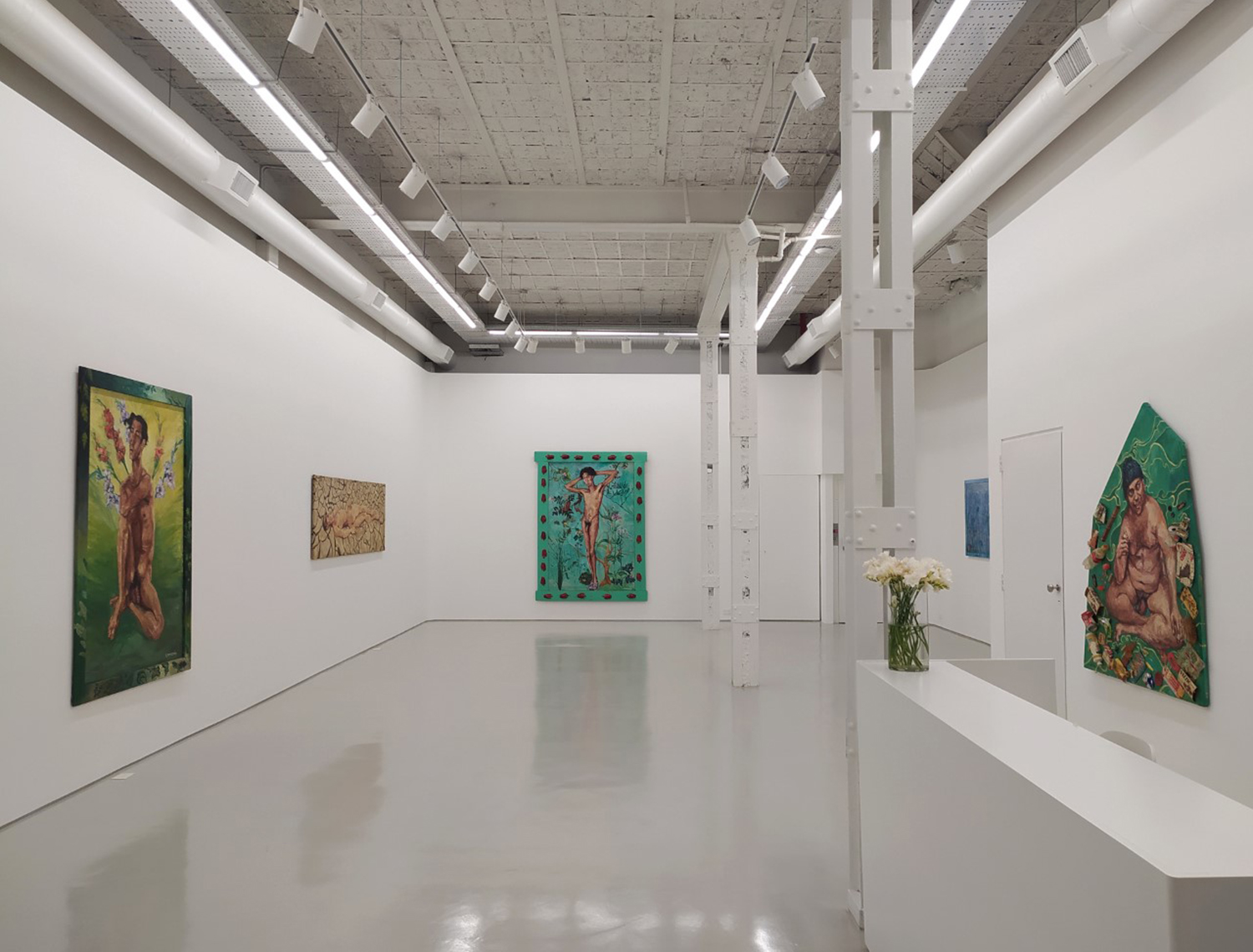
Interior of Nora Fisch Gallery. Photo: Courtesy of Nora Fisch Gallery
5. Nora Fisch Gallery
“Also in San Telmo is the totally new space of Nora Fisch gallery in a beautiful 1920s house. Nora focuses on contemporary Argentine art and her new space has three different exhibition rooms and a rooftop, where performances will take place. I’m really looking forward to their upcoming programs and shows!”
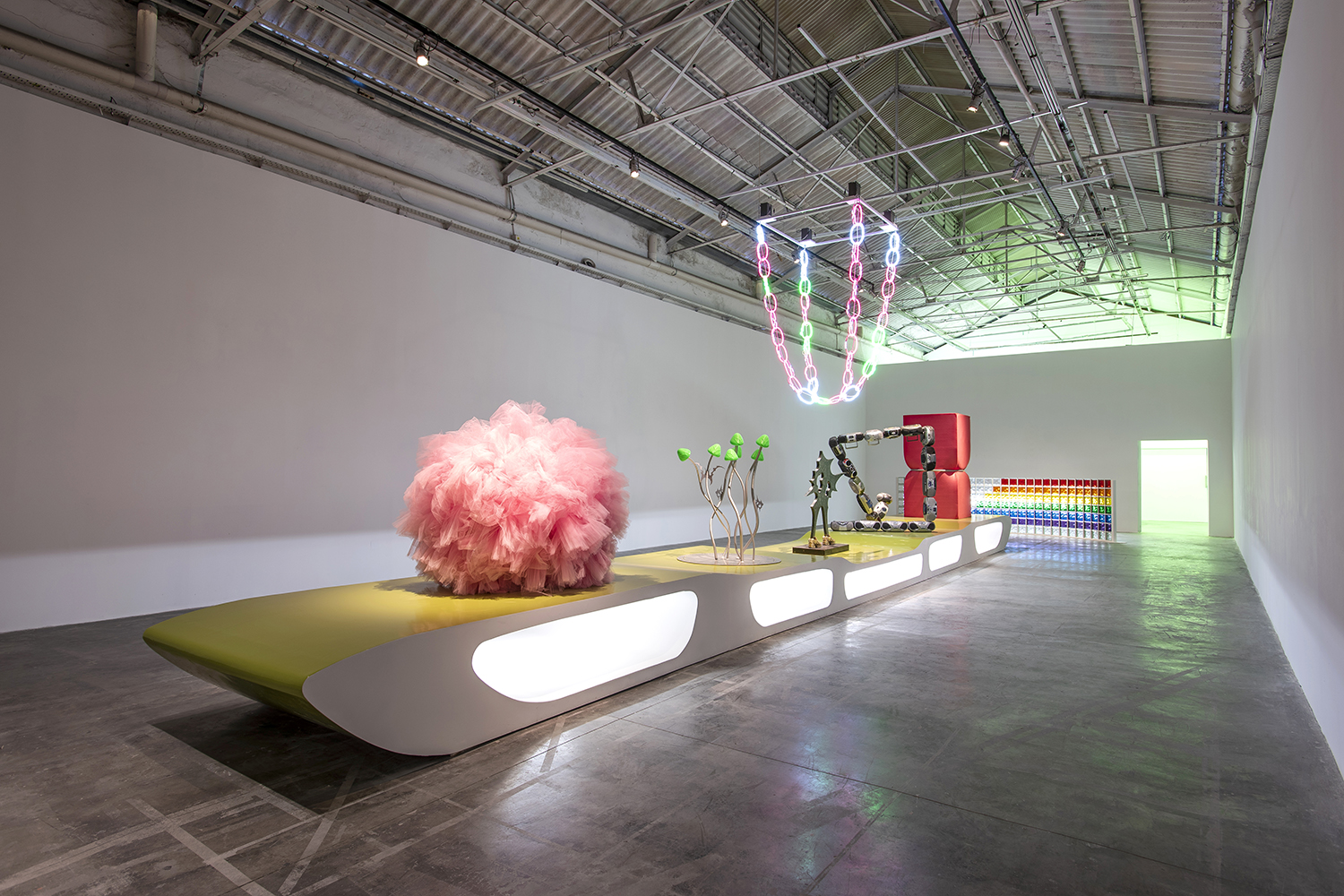
Installation view of Nicanor Araoz's “Abolición Futura” exhibition at Barro Gallery. Photo: Santiago Ortí; Courtesy of Barro Gallery
6. The Nicanor Araoz exhibition “Abolición Futura” at Barro Gallery
“The Barro Gallery is in the La Boca neighborhood and is opening a space in New York soon as well. I like very much the way they work; it’s a very serious gallery and they do a lot for artists. I’ve just acquired a unique sculpture made of marble and gilded sneakers from the current show of the artist Nicanor Aráoz, whose career I’ve followed or a very long time.”

Artist Yente's "Styrofoam and lace" exhibition shown at Para vos Norma Mía. Photo: Courtesy of Para vos Norma Mía
7. Para vos Norma Mía
“This small independent art space in the Villa Crespo neighborhood is one of my favorite spots in the city. There is always something intriguing happening there, especially during ArteBA. Para vos Norma Mia is led by the writer, artist and activist Fernanda Laguna, who is a heroine for a lot of people because she does a lot of work in women’s rights, community building and social engagement. I have have been collecting her artwork her for many years. She curates shows and also invites others to curate and the programming ranges from historical art exhibitions to esoteric performances and concerts.”
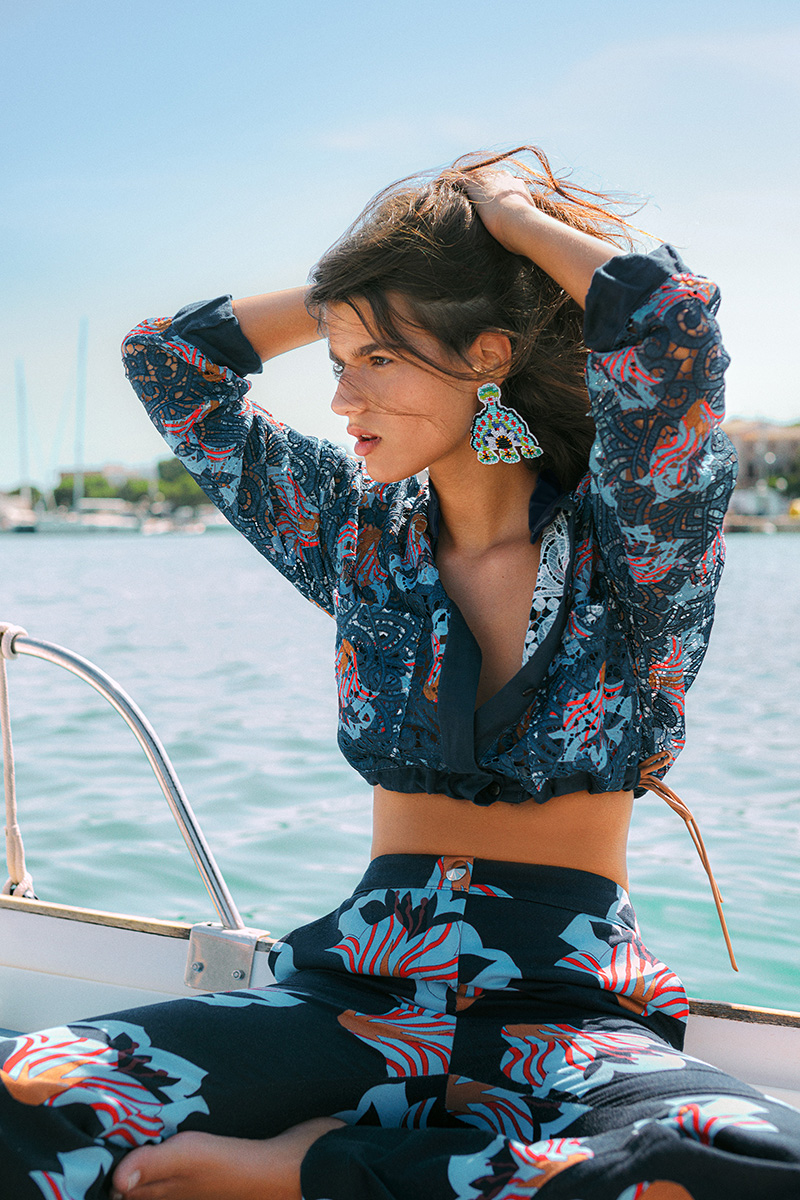
Designs by Jazmín Chebar. Photo: Courtesy of Jazmín Chebar
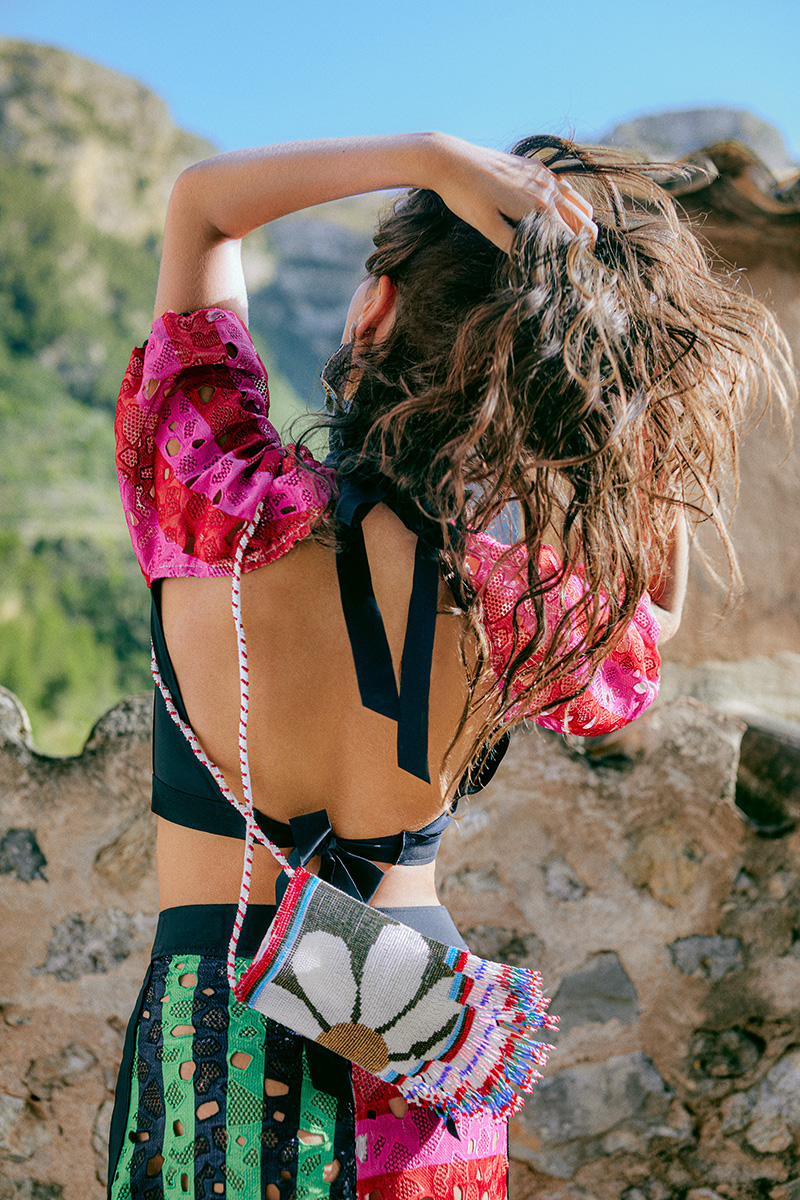
Designs by Jazmín Chebar. Photo: Courtesy of Jazmín Chebar
8. Jazmín Chebar
“If you want to bring a little local chic to your gallery-hopping, I love the clothing brand Jazmín Chebar. I feel like this designer brings a breath of fresh air and vibrant energy.”
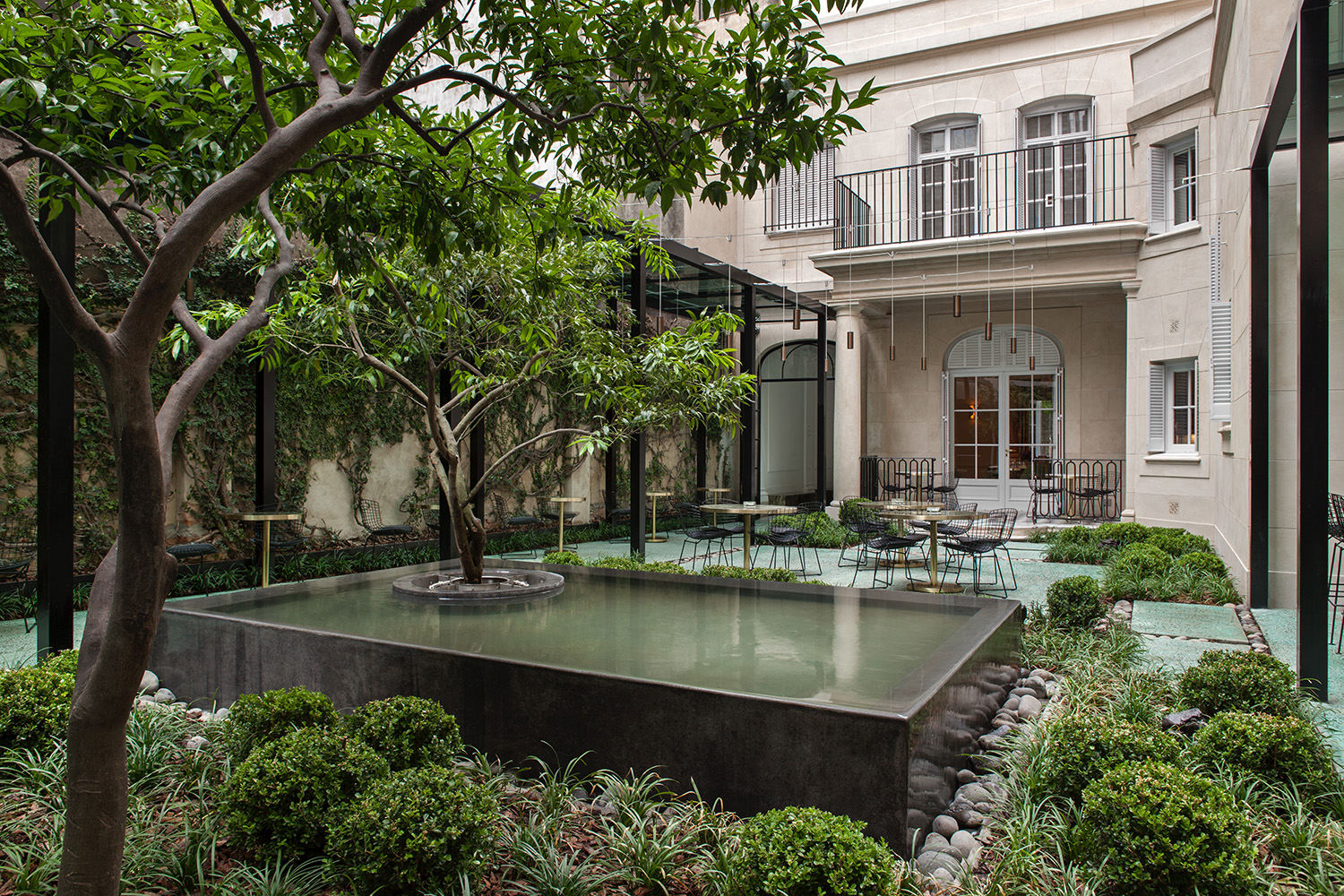
Casa Cavia. Photo: Courtesy of Casa Cavia
9. Casa Cavia
“Finally, for sustenance during art week in Buenos Aires, Casa Cavia is charming restaurant with simple and exquisite cuisine located in a historic building of the 1920s. There are several small rooms, an an unusual and fun art installation in the library. But the best part is the interior courtyard with all the greenery, and in the back of the courtyard is a wonderful florist, which is one of my favorite spots to buy flowers.”

